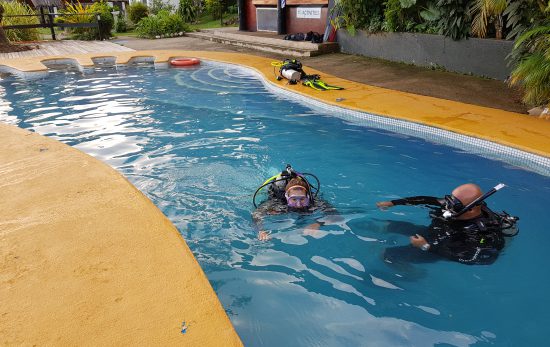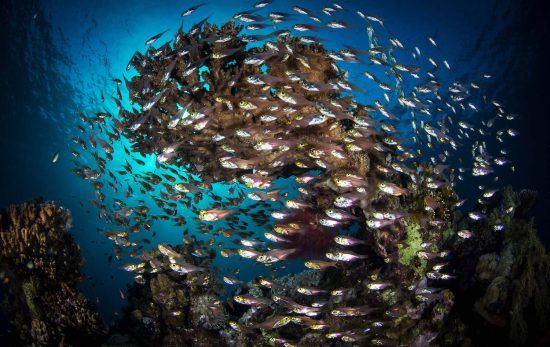In 1988, when Renee Power made a deal with her boyfriend that she’d learn how to dive if he’d take ballroom dance classes with her, she had no idea diving would one day turn into an impressive career. And not only that, she’d be an active PADI Master Instructor with PADI technical ratings as well as an NSS-CDS Cavern and Basic Cave instructor.
To this day, she still claims she got the better end of the deal.
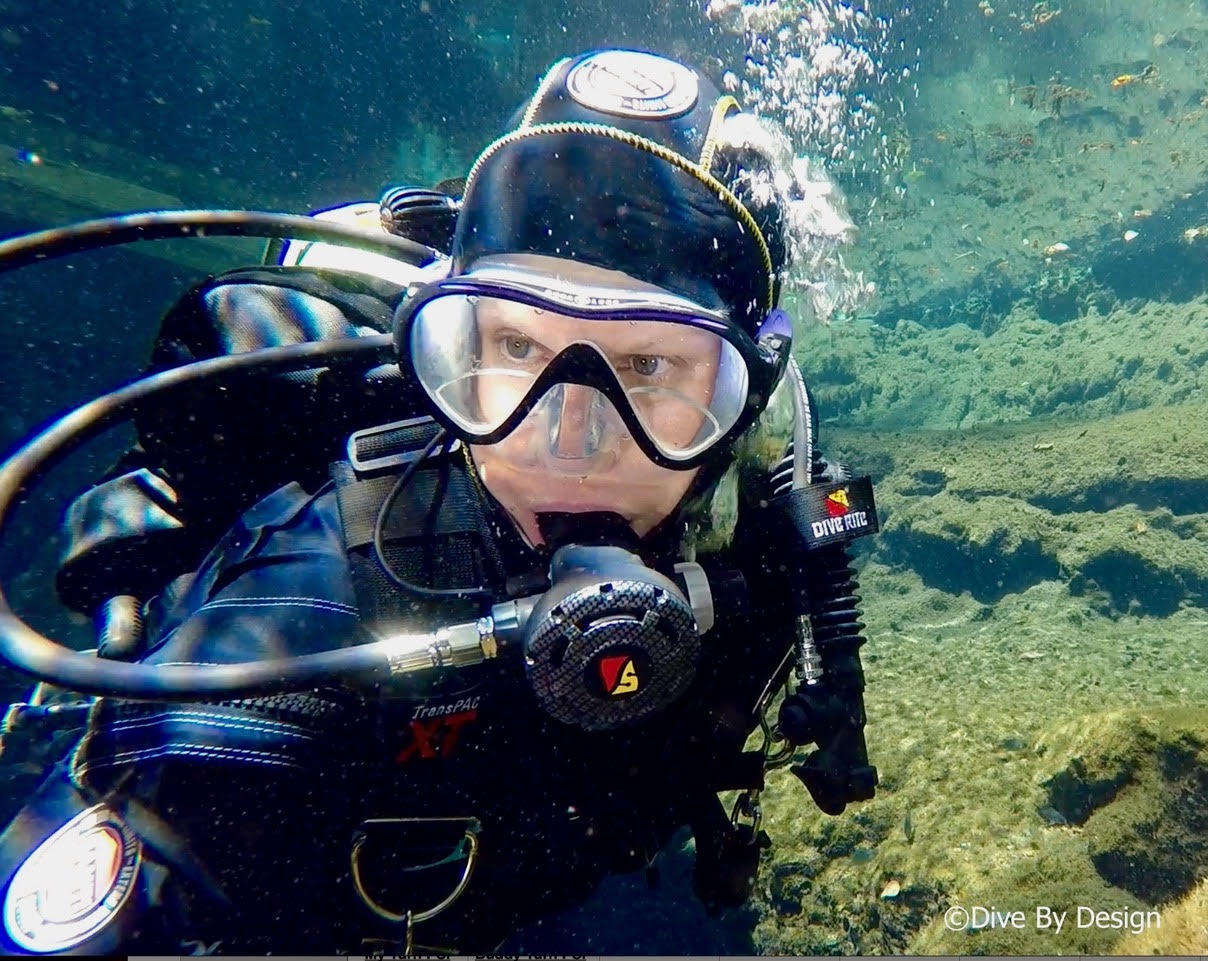
In addition to working as a Cat Scan technologist, Power is also a dive instructor at Seminole Scuba, located in Lake Mary, Florida, and the founder of Dive By Design, a dive organization dedicated to veterans.
Power’s dive career began as a dive instructor at Rick’s Dive ‘N Travel in Arkansas. When the shop’s owner, Rick Newton, invited Terrence N. Tysall and Kyle Creamer to teach a Nitrox blending course, Power didn’t waste any time signing up for the program. When that course was complete, she took his cavern course. But what she learned turned out to be much more than she anticipated.
“This was a game changer as I could now see outside of the bubble I had been in and began to ‘tap on the glass,’” she says. “I learned quickly about truly earning a certification card. I learned that the instructor ego needs to be left at the door. I learned that the hose protectors, mouthpiece holders, and other ‘needed’ bits weren’t really needed (or helpful) … and why. My personal diving philosophies as a diver and instructor began to expand. I wanted more and to be better.”
With that, she went to Mexico to take Tysall’s cave diving course.
“My butt was handed to me the entire time. However, I put on my big girl pants, managed to survive, and earned my NSS-CDS / NACD Full CaveDiver ratings,” she says. “Our final dive in the course was the 5,000ish-foot traverse from Naharon to Mayan Blue. Some say cave diving isn’t tec diving. Always a lively conversation!”
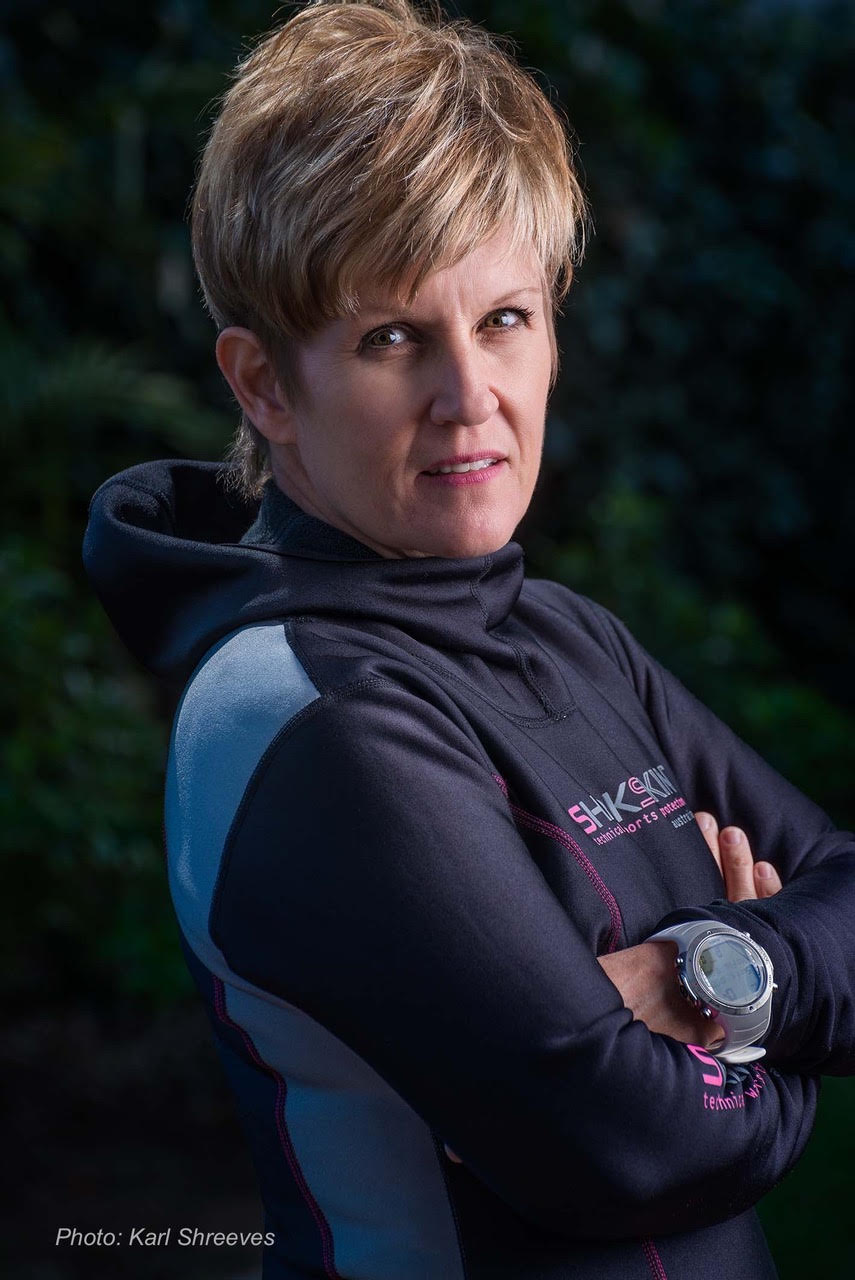
That experience introduced Power to the world of mixed gas diving. But in 2000, the apps and computers for Trimix diving didn’t exist yet, so everything was done with math and tables.
“In retrospect, maybe it was a blessing to not have multi-gas computers available to us then because we were forced to use tables and ‘hand jam’ the math to make tables accommodating multiple gasses,” she says. “It’s important to still teach the math, so the students know the history and background of the dive planning apps. And, it’s a backup because when all electronics fail or there’s no internet signal, we can still go diving.”
As she continues to challenge herself, Power is the first one to tell you she’s not an adrenaline junkie.
“I want to experience life and our planet, and sometimes there are limits to what we can do as humans with recreational gear,” Power says. “Today, one can dive in the open water on a single tank and breathe nitrox to help with decompression (with proper training), on CCR a mile back in a cave or Trimix on a Great Lakes wreck. It’s all tec,” she says.
When it comes to bringing other divers into the tec diving world, Power notes that the sport is not for everyone. To Power, it is essential to look at each diver as an individual rather than promoting tec diving as something accomplished with a quick class.
“I’ve trained cavern and basic cave divers who thought they would pay, blow some bubbles thinking they’d get a card, and then learned about this thing called performance-based progression,” she says. “We can tell when a diver has that bug or might be suited for technical diving when they are somewhat developed as a diver and have the maturity. Usually, that diver does their own research to seek training, and they come to class prepared. We can certainly point them in the right direction with exceptional training, gear and mentoring.”
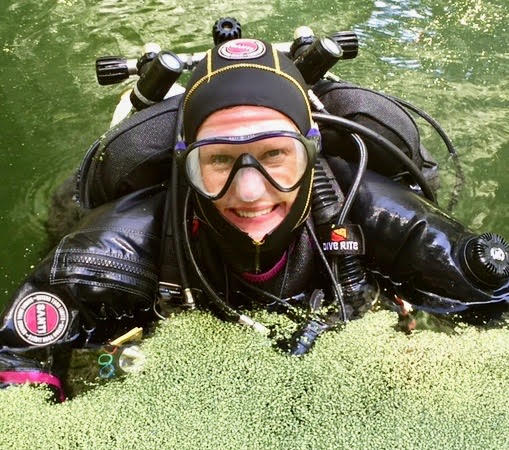
It’s that connection between student and mentor that Power stresses as key to a successful educational experience.
“The mentor and mentee should be in sync, should have similar styles and should be compatible,” she says. “Choose and choose wisely! I’ve been blessed to have several quality mentor choices in my adult life. Some have sustained and some not and that’s okay. The education I received from them is priceless to me and something I will always treasure and pass on.”
As Power continues to pass on that knowledge, the multi-talented mentor proves that the way to become a strong tec diver is by not only mastering skills but also being a strong, and self-aware diver – something she has been instilling in her divers since she was an Open Water instructor in Arkansas.
And while Power did end up taking ballroom dancing classes for many years, the only ballrooms she finds herself in nowadays are the ones found in underwater caves and caverns.
For more information about PADI’s Technical Diving course offerings, visit padi.com.
